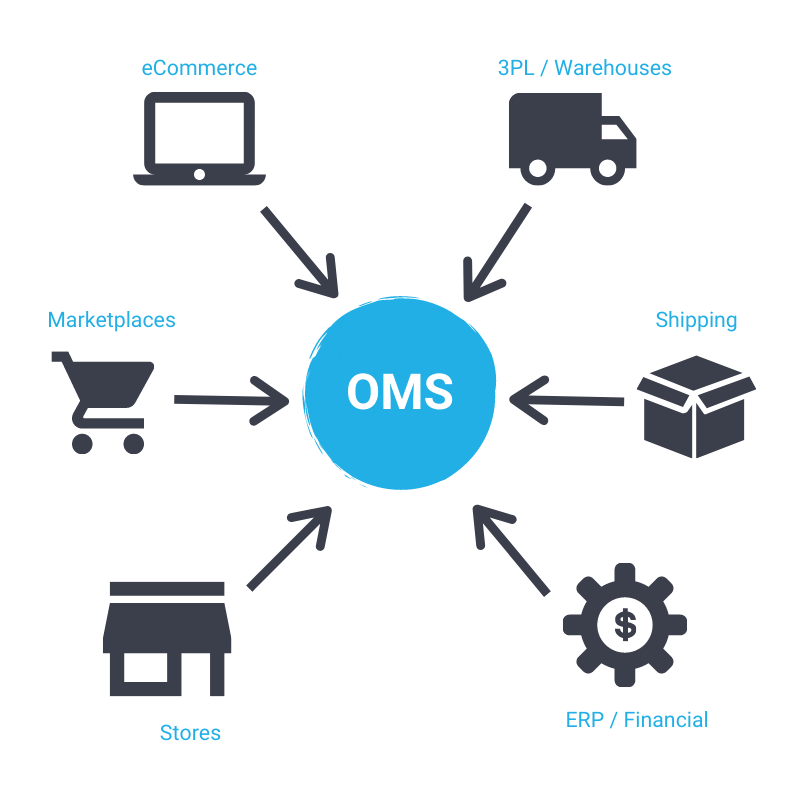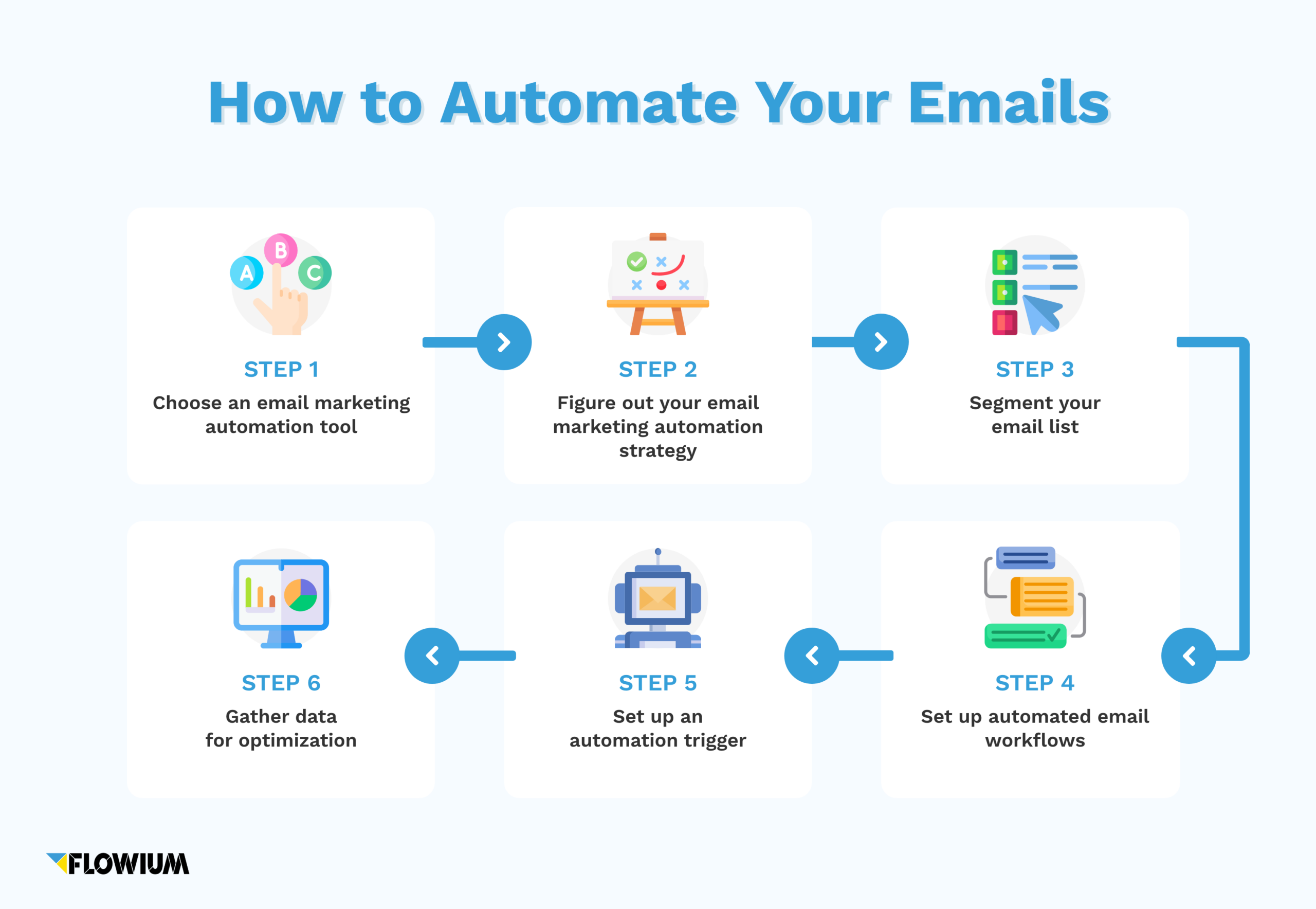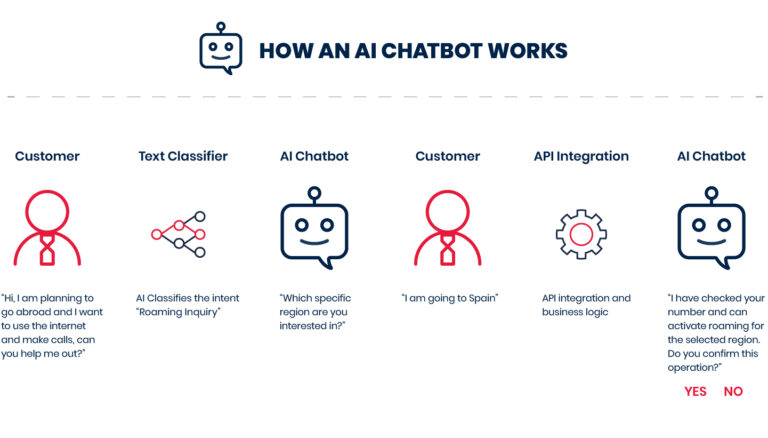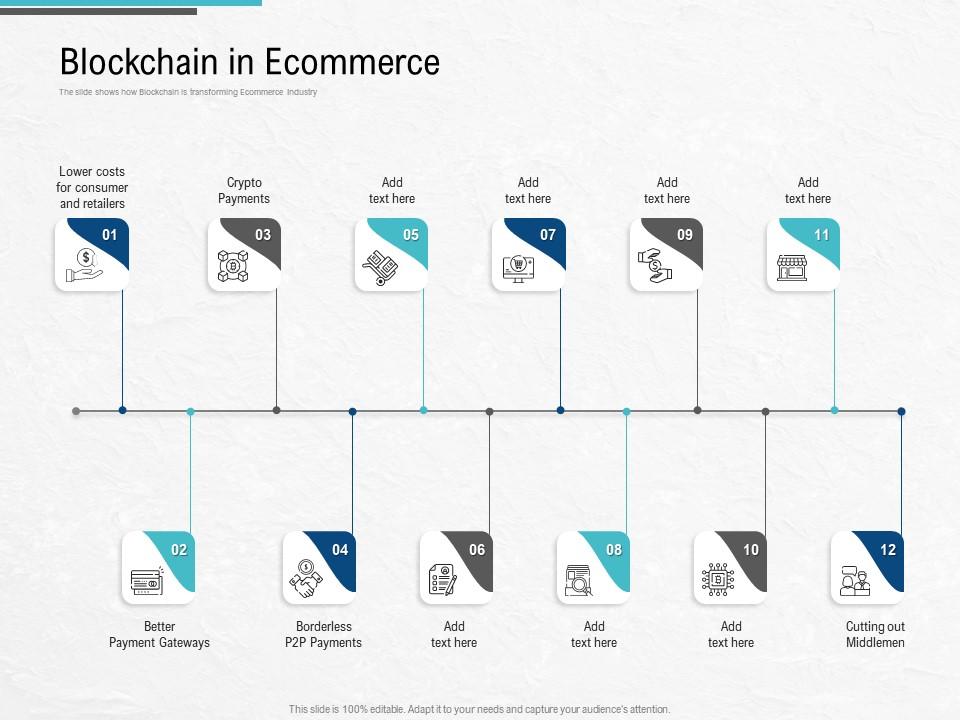Introduction to Ecommerce Automation
In this section of introduction to Ecommerce automation, you’ll find the “what”, “why” and “who”.
What is Ecommerce Automation?
Ecommerce automation is like having a super helper for your online store. It's using special tools and software to make things easier and faster. Think of it as having smart robots handle tasks that you used to do manually.
Why Ecommerce Automation Matters
Imagine running a shop where everything works smoothly without you having to do every little thing yourself. That's what ecommerce automation does. It saves time and makes your online store run more efficiently.
Who Benefits from Ecommerce Automation?
Anyone who sells stuff online can benefit from ecommerce automation. Whether you're a small business or a big company, automation helps you manage orders, keep track of inventory, and take care of customers without getting overwhelmed.
Benefits of Ecommerce Automation
The benefits of Ecommerce automation are the following:
Cost Efficiency
Ecommerce automation is like having a smart assistant that helps you save money. By automating repetitive tasks, you can reduce the costs associated with hiring extra people to do those jobs manually.
Time Savings
Imagine having more time to focus on what really matters for your online store. Ecommerce automation does just that. It takes care of routine tasks like order processing and inventory management quickly and accurately, so you have more time to spend on strategy and customer service.
Enhanced Customer Experience
One of the best things about ecommerce automation is how it improves the experience for your customers. Automated systems can respond to inquiries faster, provide personalized recommendations based on past purchases, and ensure orders are processed swiftly.
Types of Ecommerce Automation Tools
The types of Ecommerce automation are the following:
Order Management Systems (OMS)
An Order Management System (OMS) is like the brain of your online store. It keeps track of all your orders from start to finish. When a customer buys something, the OMS automatically updates inventory, processes payments, and even coordinates shipping details.

Customer Relationship Management (CRM) Software
Customer Relationship Management (CRM) software is all about building strong relationships with your customers. It stores important details about your customers, like their preferences and purchase history.
Inventory Management Systems
Keeping track of inventory can be a headache, especially when you have lots of products. That's where inventory management systems come in. They help you monitor stock levels in real-time, automatically reorder popular items, and sync inventory across different sales channels.

Ecommerce Automation Techniques
The best Ecommerce automation techniques are the following:
Automated Email Marketing
Automated email marketing is like having a helpful assistant who sends out emails for you automatically. Here's how it works:
Segmentation: Divide your customers into groups based on their interests or past purchases. Send targeted emails to each group, making them feel special.
Drip Campaigns: Set up a series of emails that are automatically sent out over time. This can be used to welcome new customers, follow up after a purchase, or remind customers of abandoned carts.

Dynamic Pricing
Dynamic pricing is all about setting the right price at the right time. It's like adjusting the price tag on a product based on what's happening in the market:
Competitor Monitoring: Keep an eye on what your competitors are charging for similar products. Adjust your prices accordingly to stay competitive.
Demand-Based Pricing: Increase or decrease prices based on how much demand there is for a product. When demand is high, you can charge a bit more.
Chatbots and AI

Chatbots powered by AI are like friendly helpers that are available 24/7 to assist your customers:
Instant Support: Chatbots, like BotPenguin, can answer common questions instantly, helping customers find what they need without waiting for human assistance.
Order Tracking: Customers can check the status of their orders or get updates through chatbots, saving them time and reducing support inquiries.
Best Practices of Ecommerce Automation
The best practices of Ecommerce automation software are the following:
Personalization in Automation
Personalization is the key to making your customers feel valued. Here's how you can personalize automated processes:
Recommendations: Use customer data to suggest products that are tailored to their preferences and buying history.
Personalized Emails: Address customers by name and include personalized recommendations or offers in your emails.
Data Security and Compliance
Keeping customer data safe is crucial for any ecommerce business. Follow these best practices:
Secure Payment Gateways: Use trusted payment processors to handle transactions securely.
Privacy Policies: Clearly communicate how you handle customer data and ensure compliance with privacy regulations like GDPR or CCPA.
Continuous Optimization
Ecommerce automation software is not a one-time set-it-and-forget-it process. It requires continuous improvement:
Monitor Performance: Keep an eye on key metrics like conversion rates and customer satisfaction scores.
Gather Feedback: Listen to customer feedback and use it to refine your automation strategies for better results.
Challenges of Ecommerce Automation
The best challenges of Ecommerce automation are the following:
Integration Complexity
The first challenge of Ecommerce automation is integration complexity.
Data Silos: Different automation tools may not communicate well with each other, leading to isolated data pockets that hinder efficiency.
Compatibility Issues: Some legacy systems may not be compatible with modern automation solutions, requiring additional effort to bridge the gap.
Customer Acceptance
Next, challenge is customer acceptance regarding resistance to chatbots and trust concerns.
Resistance to Chatbots: Some customers prefer speaking to a human rather than interacting with chatbots, impacting customer satisfaction.
Trust Concerns: Customers may be wary of automated systems handling their sensitive information, raising privacy and security concerns.
Technical Issues
From software glitches to connectivity problems, technical issues can disrupt ecommerce automation efforts:
Software Bugs: Bugs in automation software can lead to errors in order processing, inventory management, or customer communications.
System Downtime: Unplanned downtime of automation systems can cause delays and affect customer experience.
Future Trends in Ecommerce Automation
The future trends of Ecommerce automation are the following:
AI and Machine Learning
The future of ecommerce automation lies in AI and machine learning:
Predictive Analytics: AI can analyze customer behavior patterns to predict future trends and optimize inventory management.
Personalized Recommendations: Machine learning algorithms can deliver hyper-personalized product recommendations based on individual preferences.
Voice Commerce
Imagine shopping without even touching a screen—voice commerce is set to revolutionize online shopping:
Voice-Activated Devices: Virtual assistants like Alexa and Google Assistant enable hands-free shopping experiences.
Conversational Interfaces: Natural language processing allows customers to place orders and get information using voice commands.
Blockchain for Ecommerce
Blockchain technology promises enhanced security and transparency in ecommerce automation software:
Secure Transactions: Blockchain ensures secure transactions without the need for intermediaries like banks.
Supply Chain Optimization: Blockchain can track products through the supply chain, ensuring authenticity and reducing counterfeit products.

Frequently Asked Questions(FAQs)
What tasks can be automated in ecommerce?
Inventory management, order processing, marketing emails, and customer service chats.
Is ecommerce automation expensive?
Costs vary, but many options exist for different budgets, with some offering free trials.
Will automation replace ecommerce jobs?
No, it will free up employees for more strategic tasks and customer interaction.
How can I get started with ecommerce automation software?
Identify repetitive tasks and research tools that integrate with your existing platform.
Is ecommerce automation software safe?
Yes, reputable tools offer security features to protect customer data.
What are the biggest benefits of ecommerce automation software?
Increased efficiency, improved accuracy, and better customer service.
